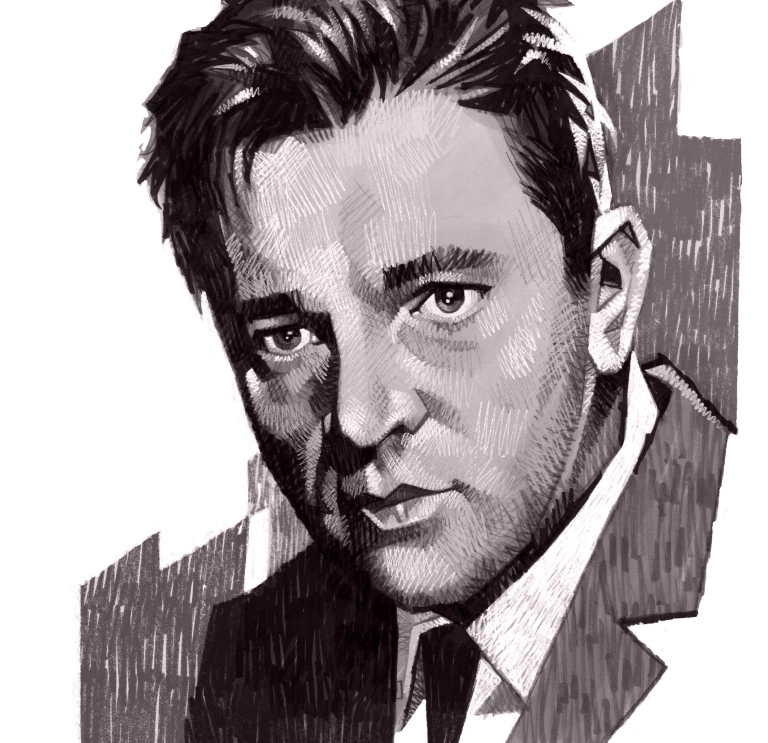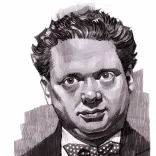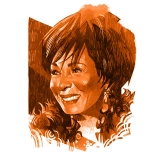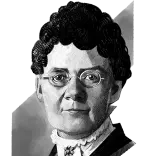Richard Walter Jenkins – as he was then known – was born in Pontrhydyfen in 1925, a mining village in the Afan Valley of West Wales. When Richard’s mother died just two years after his birth, it seemed the young boy (who was one of 13 children!) would be destined to follow his estranged father down the mines.
Fortunately, Richard’s school teachers recognised his potential and fought for him to remain in education, with a Mr Philip Burton encouraging him to pursue theatre. Mr Burton would eventually become Richard’s legal guardian, leading the aspiring actor to take Philip’s surname as his own.
Stepping into the spotlight
After answering an advert in the Western Mail seeking young Welsh actors, Richard Burton made his stage debut in 1943, starring in The Druid’s Rest at London’s St Martin’s Theatre.
He’d make his film debut six years later in The Last Days of Dolwyn, quickly going on to score Academy Award nominations for performances in My Cousin Rachel (1952) and The Robe (1953) – two of seven such nominations Burton received throughout his career.
A romance for the ages
It was, however, his casting in the historic epic Cleopatra in 1963 that was to make Richard a household name. His affair with co-star Elizabeth Taylor added to the fanfare around the production, which was already making headlines as the most expensive in history.
When the two later wed (for the first time!) they became Hollywood’s new golden couple, starring together in a string of successful releases, including Who’s Afraid of Virginia Woolf? and The Taming of the Shrew. The pair were equally renowned for their lavish spending, splashing out on yachts, private jets and million-dollar diamond rings.
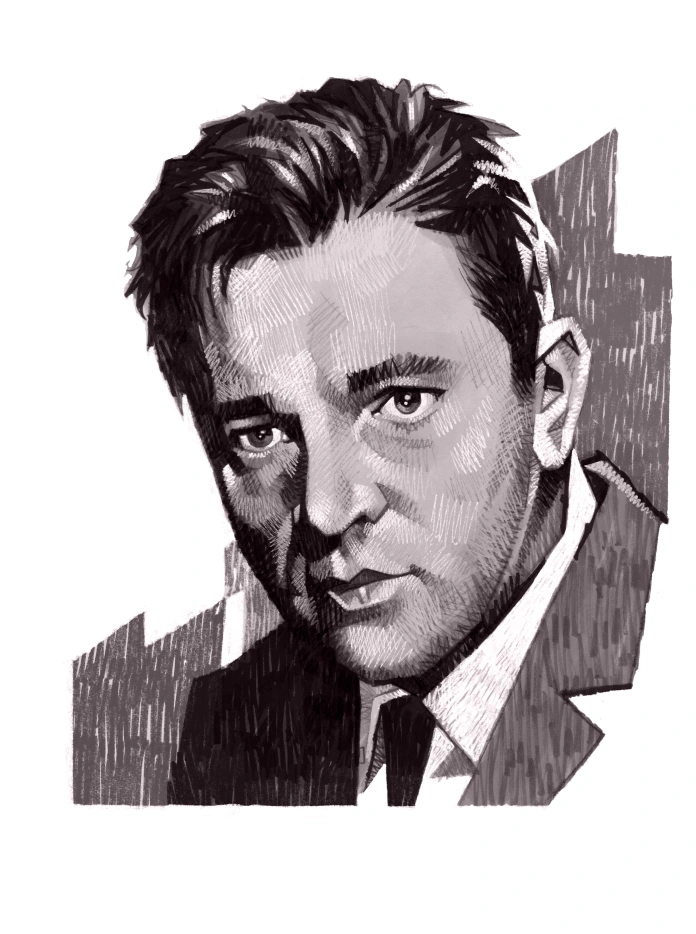
Wales on the brain
But amidst the glitz and glamour of Burton’s 40-year career, Wales was never far from his thoughts. On the day of his first wedding he sent a telegram home stating, ‘Married this morning. Pity Wales’ – Wales had just lost to Scotland in rugby.
He also returned home often (bringing Elizabeth Taylor to Pontrhydyfen on more than one occasion!), and even credited his upbringing for shaping his distinctively deep voice, saying ‘I think it’s invested with small coal and rain or something – the voice is the voice of my people’.
Richard Burton sites in Wales
For those who’d like to delve more deeply into Richard Burton’s world, a number of landmarks associated with the actor can be easily visited.
In Burton’s home of Pontrhydyfen, fans can see the humble abode where he was born. The house stands in the shadow of the village’s 200-year-old aqueduct (now a foot bridge), on which the actor was snapped walking with his father during a trip home – a photograph often recreated by fans. Visitors can also have a pint in The Miners Arms pub, now the Pontrhydyfen RFC Clubhouse, where Burton’s parents met and married. A curated walk around the village, the Richard Burton Trail, ties a number of additional early Burton sites together.
Down the road in Port Talbot, a monument to the star can be found in Talbot Memorial Park, inscribed with a poem Burton penned about his childhood in Wales. The poem references the town’s surrounding hillsides, where Richard, along with his teacher, Philip Burton, would go to recite Shakespeare aloud, in a bid to improve the young actor's voice projection skills. The town is also home to the Port Talbot YMCA, where Burton acted in some of his first school productions (Burton’s primary school is also still standing in the town).
Other Welsh venues where Burton cut his teeth in the world of theatre include the Victorian-era Swansea Grand Theatre, in Swansea, and The Prince of Wales theatre in Cardiff, which is now a characterful pub.
Those seeking Burton-related artifacts, meanwhile, can make an appointment to visit the Richard Burton Archives in Swansea University, which holds a number of images and documents relating to the actor, including his personal diary entries.
